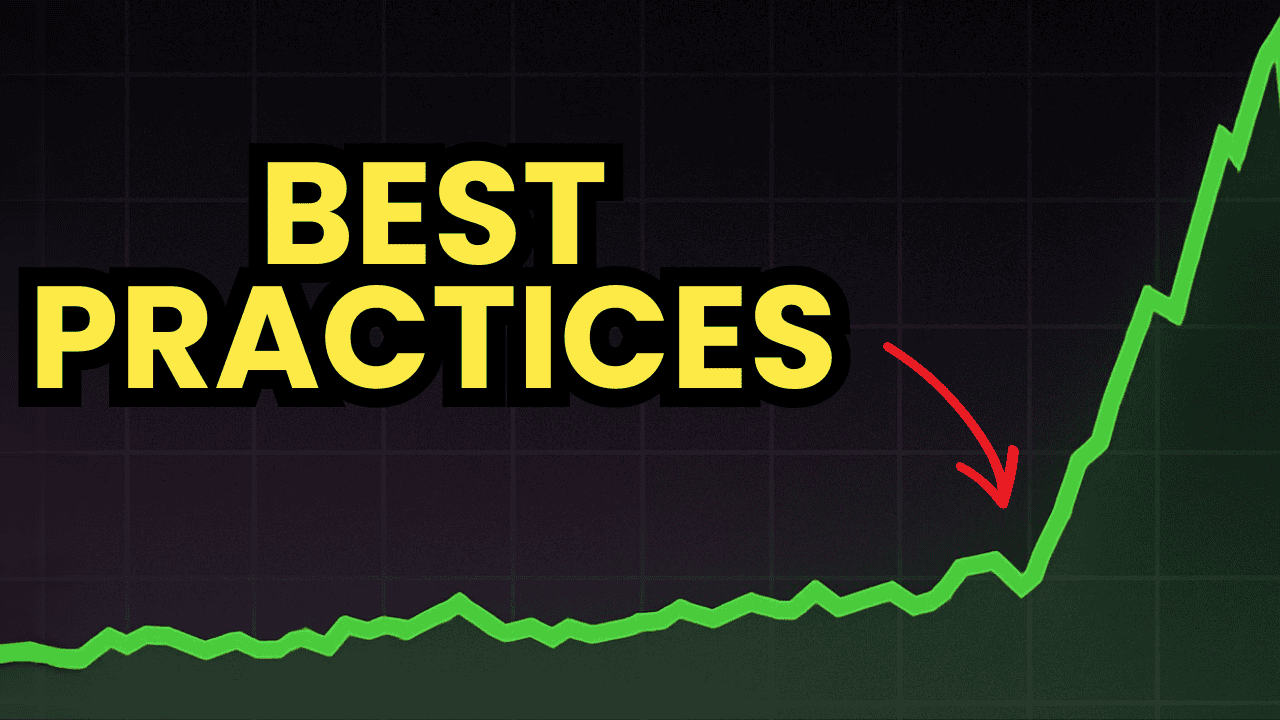SEO experts understand that a page on a website that cannot be redirected to other pages is a dead end. It can be more frustrating since creating content takes time only for it not to gain traffic. These pages are what we call orphan pages. Of course, a few orphan pages may not harm your website, but once they accumulate, they may cost your website.
Our guide explains what orphaned pages are and their negative impact on your website’s SEO, ways to find them, and preventive measures to take so that you can avoid them.
What Is an Orphan Page?
An orphan page refers to a webpage not linked to any other page within a website. It is a standalone page that lacks internal links from other pages on a website.

Image Credits: outreachmonks.com
Internal links are important for several reasons. They help search engines discover and crawl different pages, establish a hierarchy and relationship between pages, and distribute authority or PageRank throughout the site. When any other page does not have links pointing to a page, it becomes isolated and disconnected from the rest of the website’s content.
Orphan pages can present search engines with crawling and indexing challenges. If a search engine’s crawler cannot find a link to a relevant page, it may be unable to discover and index that page. As a result, the orphan page may not appear in the search engine results pages or receive organic traffic.
Why It Is Important To Find and Fix Orphan Pages
Finding and fixing orphan pages is important for several reasons:
1. Improve User Experience
Users cannot navigate orphan pages through the website’s navigation or internal links. Finding and fixing orphan pages ensures that users can easily discover and access all relevant content on the website, improving their overall experience and satisfaction.
2. Search Engine Optimization (SEO)
Search engines rely on building backlinks to find and index web pages. If a page is orphaned and not linked from anywhere on the website, search engine crawlers may be unable to find and index it.

Image Credits: webcare4all.nl
As a result, the page won’t appear in search engine results, limiting its visibility and organic traffic potential. By identifying and linking orphan pages, you increase the chances of search engines finding and ranking your content, improving your website’s overall SEO.
3. Enables Content Discoverability
Orphan pages often contain valuable content relevant to users’ needs or interests. By fixing orphan pages and linking them appropriately, you increase the chances of users discovering and engaging with that content. This can lead to increased page views, longer time spent on the website, and improved conversion rates.
4. Internal Linking and Site Structure
Orphan pages can indicate the website’s overall structure and internal linking issues. They may be the result of poor navigation design or content organization. You can review and optimize your website’s structure by identifying and addressing orphan pages, ensuring that pages are properly interlinked, grouped logically, and easily navigable.
5. Analytics and Insights
Orphan pages can affect the accuracy of your website analytics. Tracking user behavior, conversions, or other metrics related to these pages may be challenging without proper links. By fixing orphan pages, you ensure your analytics accurately reflect user interactions, providing valuable insights for data-driven decision-making.

Image Credits: seotexter.se
What Causes Orphan Pages
There are a few common reasons why orphan pages may occur:
1. Broken or Outdated Links

Image Credits: searchenginejournal.com
If a page was once linked to other pages, but those links were removed or broken, the page can become an orphan. This can happen when a website undergoes restructuring, content is deleted or moved, or there are errors in the website’s code. To avoid orphan pages caused by broken links, follow these best practices:
- Regularly check for broken links and replace them.
- Update internal links.
- Keep an eye on external sources linking to your website. If you notice broken links from these sources, try to contact the website owners to request an update or removal of the broken links.
- If you must delete or move a page, set up appropriate redirects to guide users and search engines to the new location or a relevant alternative page.
2. Poor Site Architecture
Inadequate site organization or navigation can lead to orphan pages. If a page is not properly linked to relevant sections or menus within the website, it can go unnoticed and become isolated.
3. Content Management System (CMS) Issues
Some content management systems may not automatically create links between pages, especially when new pages are added. Orphan pages can result if pages are manually created without establishing proper internal linking.
4. Human Error
Mistakes made during website development or content creation can also cause orphan pages. For example, a web developer may forget to add links to a newly created page, or an author might accidentally omit links when creating or editing content.
5. Website Migration or Redesign
While migrating a website to a new platform or redesigning it, there is a risk of orphan pages. Some pages may be isolated if the necessary steps are not taken to ensure all pages are properly linked and redirected.

Image Credits: naelschaffer.com
How To Find Orphan Pages
Finding orphan pages can be useful for website optimization and improving the overall user experience. Here are a few ways to use to find orphan pages:
1. Manual Inspection
One way to find orphan pages is to inspect your website’s structure and navigation manually. Start from the homepage and explore each section or category, checking if any pages are not linked to other pages. Look for pages that may have been overlooked or forgotten during the website development process.
2. Website Crawling Tools
There are several website crawling tools available that can analyze your website’s structure and identify orphan pages. These tools crawl through your website, following links and mapping the entire site structure. They generate reports highlighting pages without inbound links, making it easier for you to identify orphan pages.
3. Google Search Console
Google Search Console provides valuable insights about your website’s performance in search results. It can also help you identify orphan pages. Go to the “Coverage” report, and if there are pages marked as “Excluded,” it means Google couldn’t find any links to those pages. Review the excluded pages to identify orphan pages.
4. Backlink Analysis Tools
Backlink analysis tools like Ahrefs, Moz, or SEMrush can provide information about the incoming links to your website. Buy the backlinks online and identify if any pages on your website have no inbound links, indicating orphan pages. These tools may require a subscription, but they offer comprehensive backlink data.
How To Fix Orphan Pages
Implementing these steps can fix orphan pages and improve their visibility within your website and search engine rankings. Fixing orphan pages is one of the SEO tips that can boost rankings. Here are some steps:
1. Identify Orphan Pages

Image Credits: linkody.com
Use website crawlers or SEO tools to identify orphan pages on your website. These tools scan your website and provide a list of pages that don’t have incoming links.
2. Internal Linking
Once you’ve identified the orphan pages, create internal links from relevant pages within your website. Look for existing pages closely related in content or theme and add links to the orphan pages within the content. You can also create new pages or blog posts referencing and linking the orphan pages.
3. Navigation Menus
Another effective way to fix orphan pages is by including them in your website’s navigation menus. This ensures that these pages are easily accessible to visitors and search engine crawlers. Add a link to the orphan page in the appropriate category or submenu within the navigation menu.
4. Sitemaps
Update your XML sitemap to include the URLs of the orphan pages. Submit the updated sitemap to search engines to ensure that they can discover and index these pages.
5. Internal Search Function
If your website has an internal search function, ensure the search results include the orphan pages. This allows visitors to find these pages when conducting searches on your website.
6. Content Promotion
Promote the orphan pages through your content marketing efforts. Create blog posts, articles, or social media updates that highlight the content of the orphan pages and provide links to them. This can attract more attention and generate incoming links from external sources.
7. External Linking
Look for other website owners in your niche and request them to link to your orphan pages if they find the content relevant and valuable. Building external links can increase the visibility of your orphan pages and improve their search engine rankings.
8. Monitor and Update
Regularly monitor your website for any new orphan pages that may arise. Review your website structure and internal linking periodically to ensure all pages are well-connected and accessible.
Jacky Chou is an electrical engineer turned marketer. He is the founder of Indexsy, Far & Away, Laurel & Wolf, a couple FBA businesses , and about 40 affiliate sites. He is a proud native of Vancouver, BC, who has been featured on Entrepreneur.com, Forbes, Oberlo and GoDaddy.





